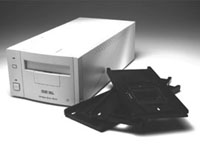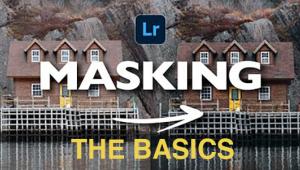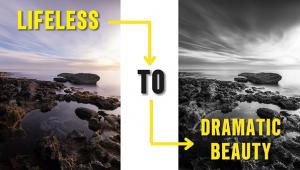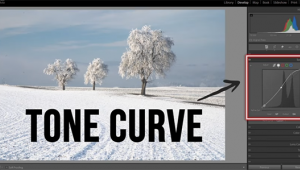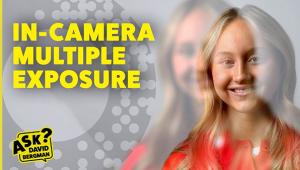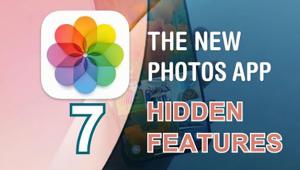The Minolta Dimâge Scan Multi
I am a digital photographer.
Whether I am using one of my digital cameras or shooting on film and
scanning the images, everything I shoot has to become digital at some
point to be printed. What started out as a career move to gain more
work in my area has turned into just another fact of life. Get used
to digital because the photography, graphic arts, and pre-press world
are never going back. |
|||
Still motivated to bring a
high-end film scanning solution into my studio, I looked into desktop
film scanners like the Nikon LS-4500AF, the Polaroid Sprintscan 45, or
even the venerable Leafscan 45. Each of these scanners offers a multi-lens
system, reasonably high-resolution, and a reasonable price. Now reasonable
still means around $8000, so these aren't casual purchases. The
more I looked into each of these devices the more interested I became.
While the quality still wasn't really in the league of even the
most modest drum scanner, it was tremendously better than my flat-bed
scanner. To check out the quality, a local pro camera shop let me scan
an image on the Nikon scanner, a clean used Leaf scanner, and on a new
desktop film scanner, the Imacon Flextight. Once I opened the files on
my studio Macintosh it became clear that the Imacon scanner produced a
really excellent scan. While it still wasn't quite as smooth and
crisp as a drum scan, it was absolutely professional quality. The Nikon
and Leaf scans were also pretty good, but no match for the Imacon. With
the Flextight running around $17,000, it was out of the question--for
now. |
- Log in or register to post comments

